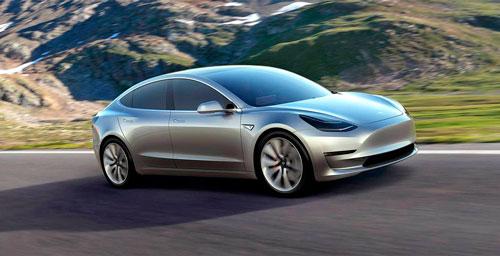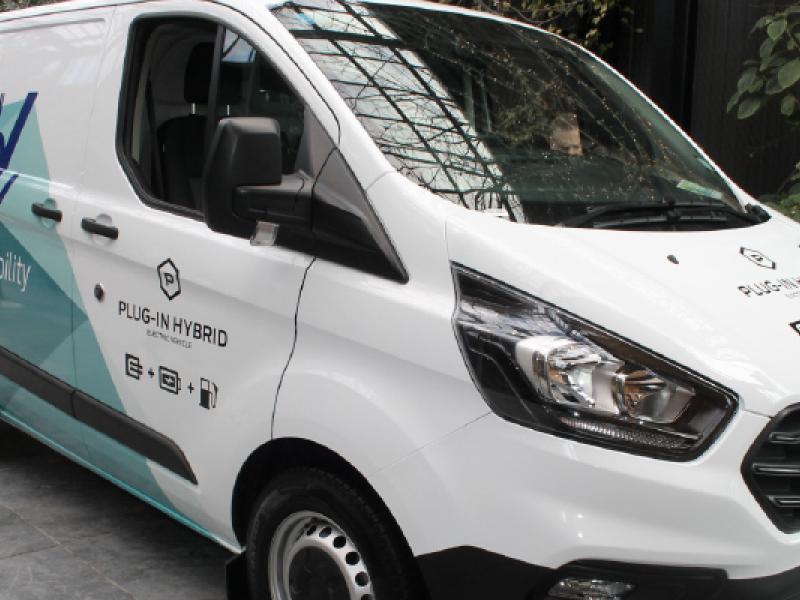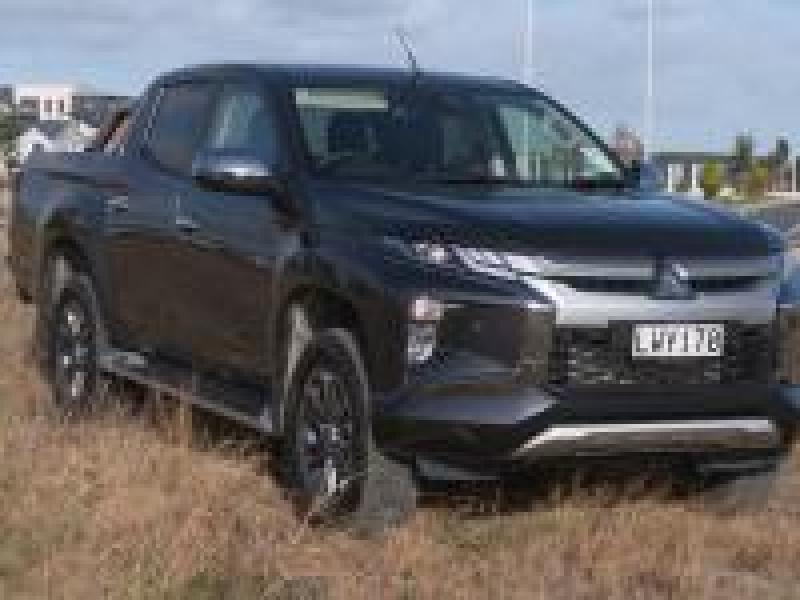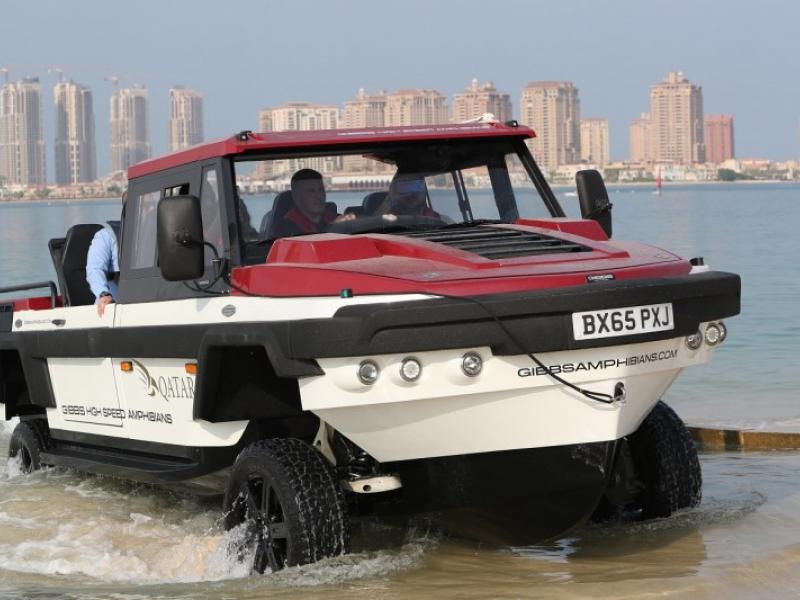Why is everybody so excited about the Tesla Model 3 that they’re prepared to put down a deposit of US$1,500 to get on a waiting list that might be longer than two years, while other EVs struggle to find customers? John Oxley explains.
Although only around 1,000 pure electric and plug-in hybrid vehicles – including the popular Mitsubishi Outlander PHEV – have been sold in New Zealand, there’s a disproportionate degree of hype around this as electric vehicle fans try to spread the word and accelerate the sales process. After all, there are around 2.9m registered cars in New Zealand (NZTA, 2013), so 1,000 is just a drop in the ocean.
But the EV movement has received a fillip recently from news that charge.net, among others, is working hard to establish a network of charging stations across the country to cater for pure electric cars, and to try to give them the benefit of being able to stray further than just a few km from their home base.
The first EV (pure electric vehicle) to be released in New Zealand was the Mitsubishi i-Miev, a funny little town car with a pathetic range which did nothing to enhance the EV cause. Yet it was a start, and was followed by the Holden Volt range-extender EV, a car which failed to attract many customers, and which Holden has said it won’t replace when a new one comes along.
Then came the Nissan Leaf EV, another car with odd styling, and this was so badly received at first that the price was cut by $10,000 to get bums into seats, although sales started to pick up before the stock ran out late last year.
Mitsubishi came back into the fray with the Outlander PHEV (plug-in hybrid), and this is selling well, since it offers a 50km+ pure EV range as well as having a petrol motor, enough for most people’s daily commute..
Recently we have seen the BMW i3 and i8, premium-priced vehicles which will plug in, but have “belt-and-braces” “range-extender” motors to let you re-charge the batteries on the move and get you home if you run out of battery power, in effect operating in much the same way as the Outlander (although the Mitsubishi DOES switch over completely to petrol engine drive in certain conditions).
And then there’s the Tesla S. I saw one on the road just the other day, and it’s a beautiful car, with classic sports lines, a good turn of speed, and by all accounts lots of electronic goodies.
Interest in this car has been spurred by a video clip doing the rounds which shows one driving itself across the Auckland Harbour bridge with no intervention from the driver – it uses cameras and radar to steer itself between lane markings, change lanes if you indicate you want to (and presumably have checked to see if it’s clear), slows from the driver-set cruise control speed if it encounters other traffic, and will even park itself, both parallel and perpendicular.
These are not new technologies, of course, but they have been taken to the next level by Tesla.
There are various Tesla models, and you can buy one now in Aussie (it’s not available here yet) for a starting price of around A$131,000, depending on which model you choose, beginning with the 70D with 420km claimed range, through to the 90D performance model, with 550km range, or less if you opt for the Ludicrous option which gives 3 seconds 0-100km acceleration!
There’s also the Tesla X, a seven-seater gull-wing door SUV vehicle which also boasts awesome acceleration and more features, and for which orders will start at the end of this year.
Although mouth-wateringly handsome, neither of these vehicles is what you’d call affordable, with the added rub that reports indicate the cars have to be shipped across to Aussie for maintenance. There are currently estimated to be about a dozen Tesla S models in New Zealand, some of them bought second-hand.
But all this might change with the Model 3, for this one is priced closer to what many people can afford, at US$35,000, which translates to NZ$51,000, more than $20,000 less than the BMW i3. And rather than being a Corolla-sized hatchback, the Tesla has similar dimensions to the BMW 3 Series and Mercedes C-Class, with attractive styling, sub 6 seconds acceleration, and a range of 350km – which means, thanks to the new charging station network, they’ll be able to travel pretty much where they like in New Zealand.
It also gets the same Autopilot hardware and software as the Model S, and is designed to have a 5-star safety rating.
And that’s perhaps one of the reasons for the ordering frenzy for the Tesla Model 3, with more than 350,000 people worldwide having already swollen the order book to crazy proportions, and more signing up all the time, giving Tesla a nice little cash flow nest egg.
But why aren’t people flocking at the same rate to order, for instance, the Chevrolet Bolt hatch EV, ready next year? Or the Audi e-Tron, or the i3?
Simply, experts have said they believe it’s what they’re calling the “Apple effect”. They believe Tesla customers are more akin to electronic gadget customers than car people, and they’re prepared to put down their money because the Tesla ticks all the right boxes for them, just as they would if a super new iPad or iPhone was in the offing.
They’re prepared to forgive the fact that CEO Elon Musk has missed deadlines in the past, because they see Tesla as a high tech IT company, not a carmaker – and these things happen in the IT world.
And let’s face it, some of the regular car companies haven’t done much in the past few years to build trust and forgiveness among their customers, witness the GM and Chrysler bankruptcy bailouts, and the VW emissions scandal…
Will we be able to buy a Tesla Model 3 ex-showroom in New Zealand? Elon Musk says New Zealand is on his radar – and I’m not talking about the radar in a Model S. But that’s all we know for now.






